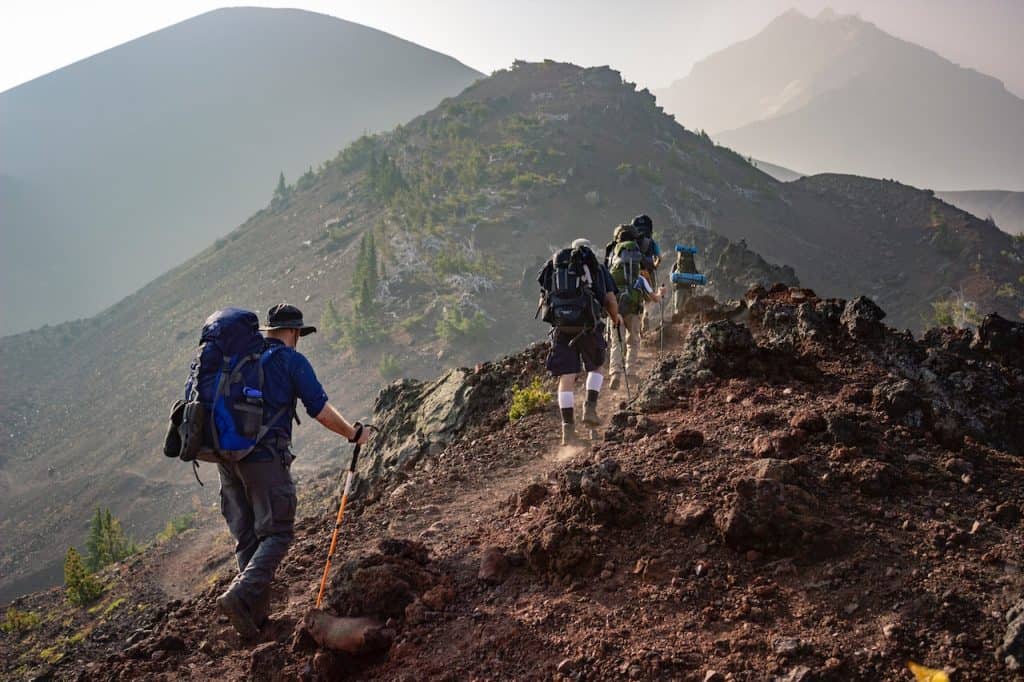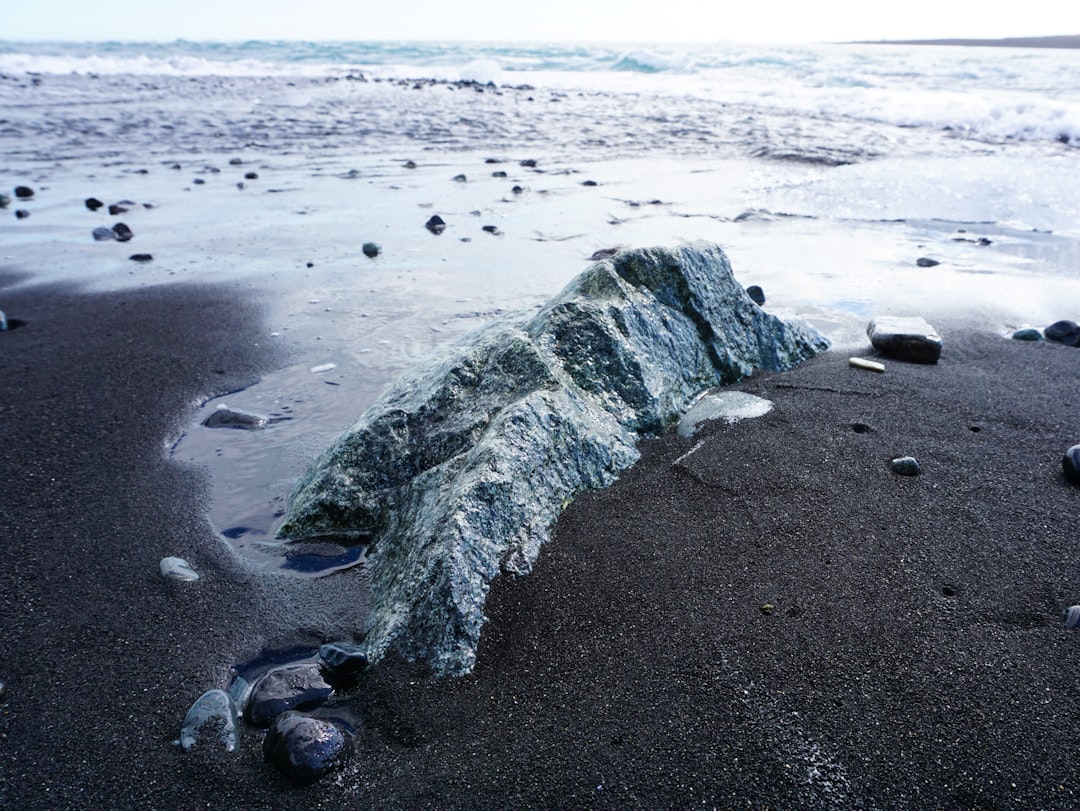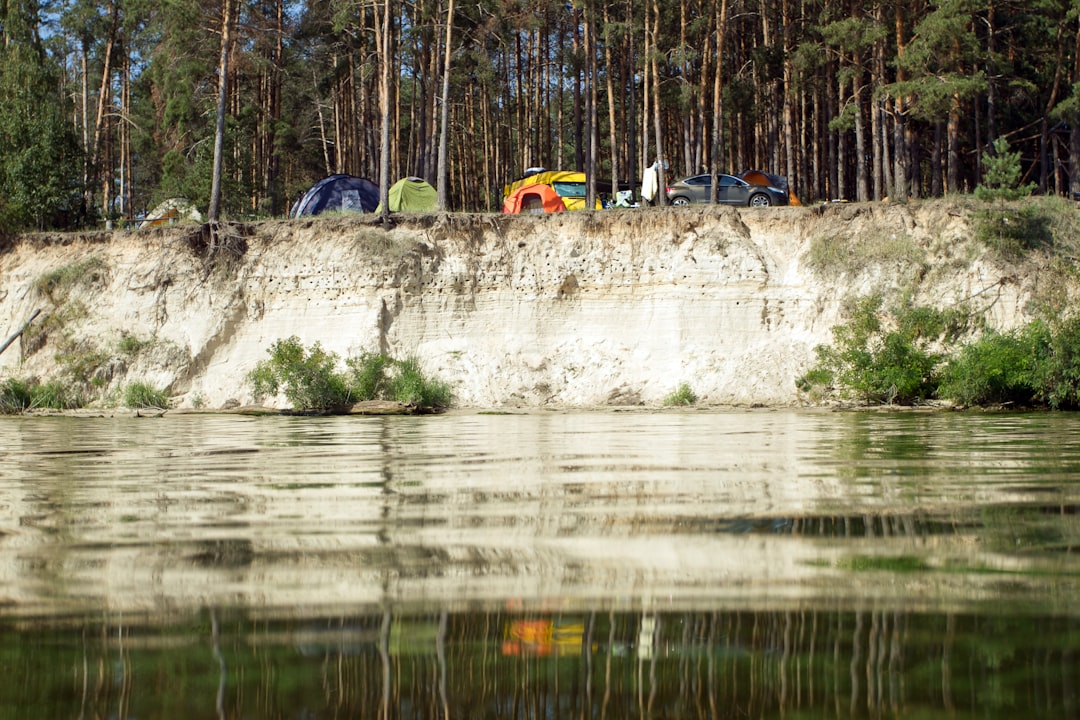Mountain hiking is an incredible activity for outdoor enthusiasts who love to explore and challenge themselves as it involves taking on various terrains, altitudes, and weather conditions. It is a physical feat that requires strength, endurance, and mental fortitude. As such, hiking in the mountains comes with its fair share of challenges.

Safety should always be a top priority when going on a hike and hikers should always be aware of the potential risks involved and equipped to deal with any challenges that may arise. Checking weather conditions before heading out, carrying a map or GPS device, and even choosing the right shoe are crucial to ensuring a safe and enjoyable hike.
Whether it’s the panoramic 360-degree view from the summit or the cultural experiences along the trail, mountain hiking in Australia is an unforgettable experience.
What to Expect Along the Way
Mountain hiking is an exciting and challenging activity that provides breathtaking views and a chance to connect with nature. However, the journey is worth the effort, with many natural attractions and cultural experiences that make the experience one to remember.
Hiking in the mountains can take on different forms. There are trails that are easy and accessible to beginners, while others may be much more challenging and require prior hiking experience. Some trails may take a few hours to complete, while others may take several days or even weeks, depending on the destination. It is common to encounter steep inclines, uneven terrain, and rocky paths that add to the level of difficulty.
As you begin, you will be surrounded by beautiful wildflowers that add to the stunning natural beauty of the terrain. Wildlife encounters may also be a frequent occurrence, with the chance to spot kangaroos, wallabies, and other native Australian animals as you trek along the trail.
As you continue through the wilderness, you may encounter some rough and steep terrain that demands skilled navigation. Climbing up to Mount Kosciuszko summit or Mount Solitary can be a challenging yet highly rewarding experience, offering breath-taking views that span for miles.
Despite the challenges, mountain hiking offers unparalleled natural beauty and breath-taking views. From the majestic mountains to the lush rainforests, there are many natural attractions that make the climb all the more worth it.
Safety Considerations for Mountain Hiking
Mountain hiking can be an exciting and rewarding experience, but it also comes with its fair share of risks. Safety should always be the top priority for any hiker, regardless of their experience level. To ensure a safe and enjoyable hike, hikers need to take precautions and be adequately prepared.
Research & Preparation
One of the most critical safety considerations for mountain hiking is preparation. Before venturing out, hikers should research the trail and weather conditions to ensure they are suitable for their skill level. Hikers should also determine the time it will take to complete the hike, and inform someone of their intentions, including the expected return time, and the trail they will be taking.
Communication Devices
Carrying appropriate communication devices is also essential for safety. This device can transmit your location to emergency services in case of an emergency, such as an unexpected injury. Hikers should also have a map of the trail and a compass, in case they need to take an alternative route.
Enough Supplies
Hikers should also pack enough food, water, and clothing appropriate for the expected weather conditions. Unexpected changes in weather or longer-than-planned hikes can happen, and it is essential to have enough supplies to last until help arrives or until you get to a safe place.
Proper Footwear
Proper footwear is also a crucial safety consideration for mountain hiking. Hikers should wear the best hiking shoes with good grip to prevent slips and fall on rocky or uneven terrain. It is also vital to wear the appropriate clothing, such as layers to keep you dry and warm in case of changing weather conditions.
Why It’s Important to Choose the Right Shoe?
Mountain hiking can be a challenging yet rewarding outdoor activity. However, it’s essential to have proper footwear to ensure a safe and comfortable journey.
Length of the Hike
Firstly, the length of the hike will affect the type of footwear you need. For shorter hikes or easier trails, lightweight options may be suitable. However, rough terrain, carrying a heavy pack, or inclement weather will require heavier footwear to provide more support and protection for your feet.
Terrain
When it comes to mountain hiking, one of the most important things to consider is the terrain. The type of terrain you’ll be trekking through can vary greatly depending on the hike you choose, and this can have a big impact on the difficulty level of the hike.
Weather Conditions
There are different types of hiking boots designed for varying conditions and needs. For instance, lightweight hikers are ideal for day hikes, while heavier boots are best for carrying heavier loads or navigating rough terrain. The type of boot you choose should reflect the specific demands of your hike.
How to Choose the Right Footwear for Mountain Hiking
Before embarking on any hiking adventure, it’s critical to understand the role that proper footwear plays in ensuring that the trip is both comfortable and safe. Since the terrain and weather conditions can be unpredictable and challenging, Footwear that lacks adequate support, traction, and protection can be a recipe for disaster, leading to sprained ankles, blisters, and in extreme cases, life-threatening injuries.
Type of Hiking
When it comes to mountain hiking, it’s important to consider the type of hike you’ll be taking to ensure that it’s a good fit for your abilities and preferences. There are different types of hikes available, each with their own unique features and challenges.
Appropriate Cushioning
If you’re embarking on longer, more challenging trails, it’s important to look for boots that offer ample cushioning and support. This will help to reduce fatigue and prevent injury, allowing you to hike longer and more comfortably.
Level of Support
When choosing footwear for mountain hiking, consider the level of support and cushioning that you need, as well as the sole’s grip and material. Proper support and cushioning are crucial for preventing injury and minimizing fatigue on the trail.
Choose the Right Sole
The sole of your hiking shoes or boots is responsible for providing the necessary grip and traction on different surfaces, from muddy and rocky to steep and slippery. Therefore, it’s essential to choose shoes with soles that have deep & multi-directional lugs and provide sufficient grip, especially on slippery surfaces.
Examine the Material
Examining the right material for your mountain hiking shoes is crucial for both comfort and safety. Leather shoes offer excellent durability and protection, while synthetic fabrics provide lightweight and breathable options. Mesh shoes are ideal for easy hikes and warm weather conditions, but they may not provide the same level of protection as other materials.
Get the Proper Fit & Sizing
Another important factor to consider is the fit and sizing of the boots. Ill-fitting footwear can lead to blisters, discomfort, and even injury on extended hikes. It’s essential to try on hiking boots with the socks you plan to wear and make sure to walk around in them for a while to ensure the right fit.
Consider Additional Features
Additionally, consider additional features like waterproofing and breathability, which can enhance your overall comfort on the trail. Look for boots with Gore-Tex or other waterproofing technologies that keep your feet dry even in wet conditions. Breathable materials allow air to circulate, reducing foot odor and keeping your feet cool and dry.
Other Essential Gears for Mountain Hiking
When it comes to mountain hiking, having the right gear can make all the difference. Here are some more essential items that every hiker should bring on their trek.
1. Backpack – A sturdy backpack that fits comfortably on your back is essential for carrying all your gear.
2. Water Bottle – Staying hydrated is key to a successful hike, so bring a reusable water bottle and refill it frequently.
3. Navigation Tools – No matter how experienced a hiker you are, always carry a map, compass or GPS device to ensure you stay on track.
4. First Aid Kit – Accidents can happen, so it’s important to be prepared. A basic first aid kit should include bandages, antiseptic wipes, gauze, scissors, and pain relievers.
5. Proper Clothing – Dressing appropriately for the weather and the terrain can make a huge difference in your comfort level during the hike. Layers are always a wise choice, as temperatures can fluctuate throughout the day. Don’t forget a rain jacket, hat, gloves, and sunscreen.
6. Headlamp and Extra Batteries – If your hike runs longer than expected or the weather turns dark, a headlamp will come in handy. Be sure to bring extra batteries as well.
7. Emergency Shelter – A small emergency shelter, like a tent or bivvy sack, can help keep you dry and safe if you’re stuck on the mountain overnight.
8. Food and Snacks – Hiking can be exhausting, so it’s important to fuel your body with nutritious snacks that provide energy. Granola bars, nuts, trail mix, and jerky are all great options.
9. Trekking Poles – Trekking poles can help improve your balance and take pressure off your knees during ascents and descents.
10. Proper Footwear – Hiking boots should be comfortable and sturdy enough to handle rough terrain. Avoid new shoes and break them in before your hike to prevent blisters and discomfort.









